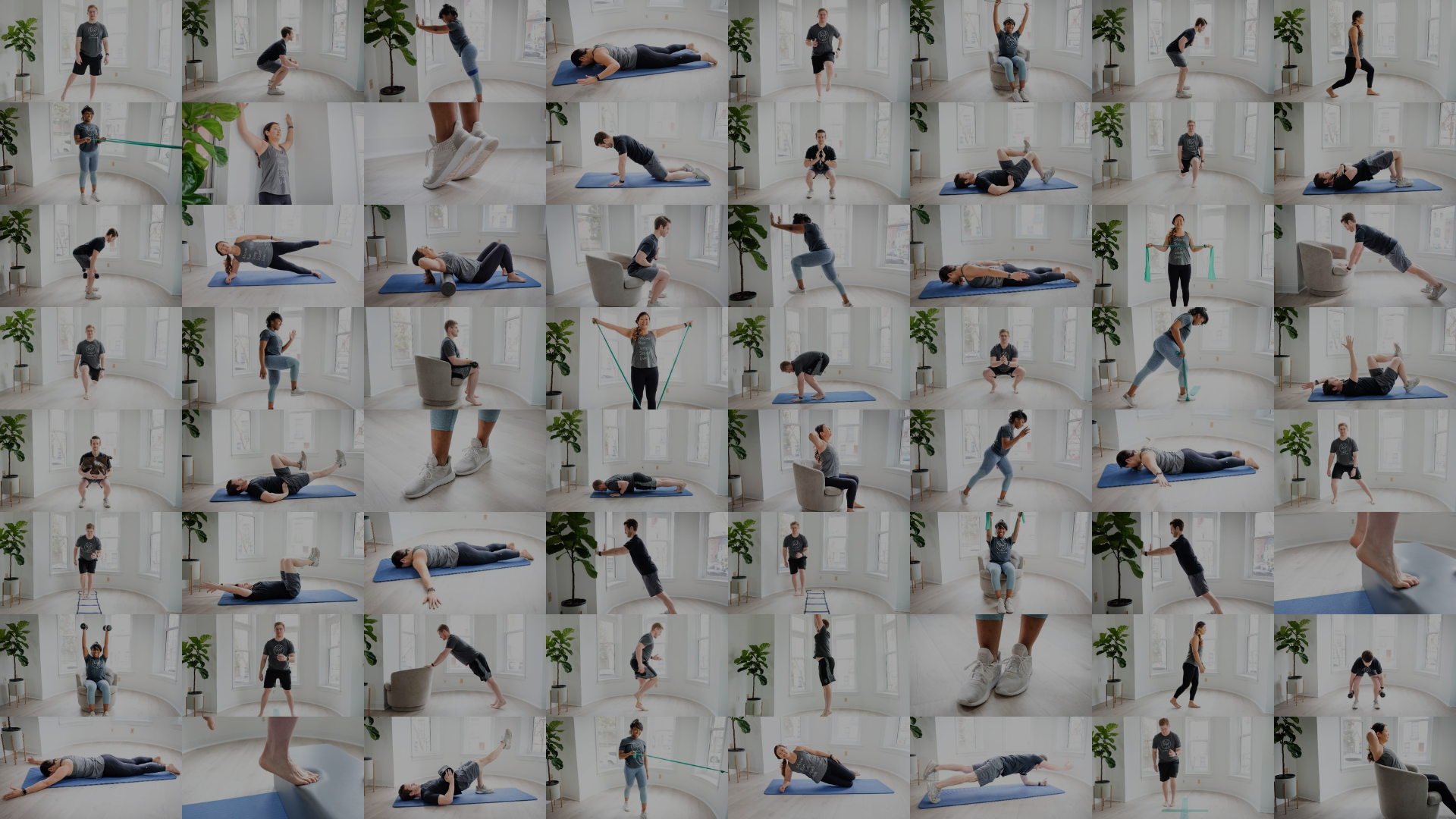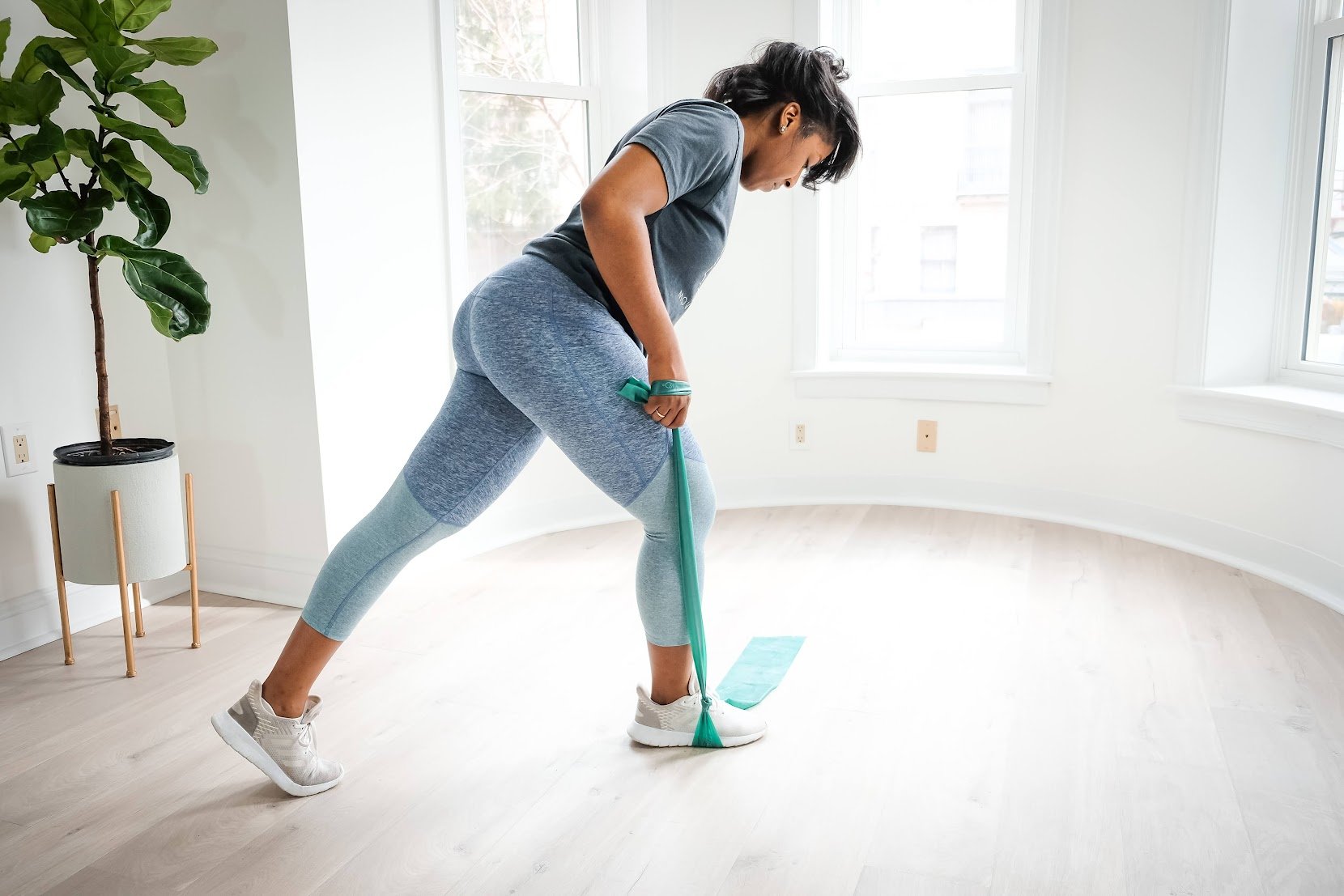
AgeProof Your Body – Exercise Library
Row
Exercise Library > Row
How To Do Rows
Rows are a great functional exercise for upper body strength.
Rows train our ability to pull horizontally, utilizing muscle strength and coordination in our back, shoulders, and arms. This exercise can improve your ability to lift objects from the floor, develop postural stability, or fire up the lawnmower.
Here are three options to get you started with Rows.
Level 1:
Standing Row
Level 2:
Supported Row
Level 3:
Unsupported Row
Level 1
Standing Row
From a standing position, squeeze your shoulder blades together to open your chest and pull your elbows behind you.
Consider pulling against a band anchored in front o you or holding small weights for added resistance.
Level 2
Supported Row
Leaning forward with one arm supported by a stable chair or countertop, use your other arm to pull a weight up off the ground.
Keep your core engaged and your trunk stable as you think about pulling your elbow toward the ceiling and squeezing your shoulder blade inward.
Level 3
Unsupported Row
From a bent over or hinged position, pull one or two weights off the ground while keeping your trunk stable.
Keep your core engaged as you think about pulling your elbows toward the ceiling and squeezing your shoulder blades together.
🟢 What You Should Feel:
Muscles working in your back, shoulder, and arms. Your core and glutes may be working to keep you upright.
🔴 What You Shouldn’t Feel:
Pain in the arms, neck, back, or legs.
📶 Progression Criteria:
Progress to the next level or add resistance when you can complete 20 reps without pain or fatigue.
More Variations & Progressions
Use a band anchored in front of you for a single arm banded row variation. Stagger your feet to maintain balance.
Remember to consult with your individual doctor or physical therapist with specific questions or concerns regarding exercise.
Try a single arm banded row from a bent over position as another option.
Want to learn more?
Join our online exercise community for individuals 60+ to learn more exercises and strategies for healthy aging from our team of movement experts.






